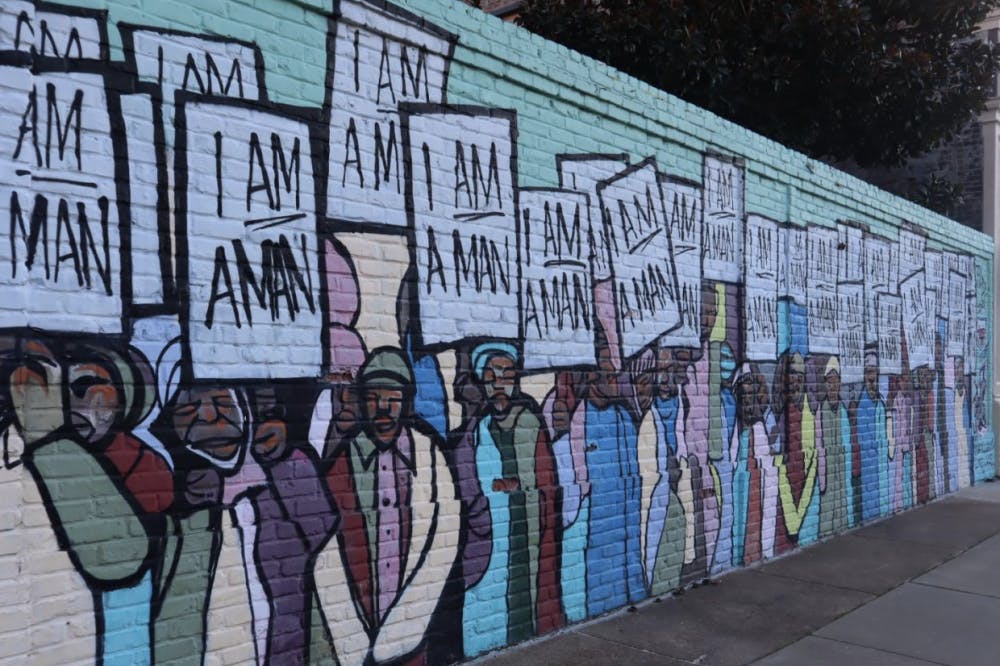As Black History Month comes to an end, a question has risen among some Memphians: Should Black history be recognized and celebrated year-round?
Black History Month is a time of celebration and remembrance during February. It grew from Negro History Week, founded in 1926 by Carter G. Woodson, the founder of the Association for the Study of African American Life and History.
Negro History Week aligned with the birthdays of Abraham Lincoln and Frederick Douglass during the second week of February. This inspired communities nationwide to partake in celebrations and performances, recognizing pivotal moments in Black history. It wasn’t until 1976 that President Gerald Ford officially recognized Black History Month as a month of celebration and recognition.
But should Black history be confined to the shortest month of the year?
Professor Otis Sanford, author of From Boss Crump to King Willie: How Race Changed Memphis Politics, explained that Black history can’t be extensively covered in one month.
“There’s no way for anybody to adequately do justice to the civil rights history or the history of African Americans’ involvement in this country and this world in just 28 days. You can’t do that,” Sanford said. “Even if you talk all day, every day for those 28 days, you will still not cover it all.”
Sanford also noted that the discussions during Black History Month should be more diverse.
“It is far more than a discussion about slavery. It’s even far more than a discussion just about the civil rights movement itself. African Americans in this country have a much broader involvement and perspective than just that,” he said.
Recognizing Black history and the topic of race is more controversial than ever in the United States’ education system. Over the past year, over 35 states introduced bills that limited teaching critical race theory along with the country’s past and present ties to racial discrimination.
To Jeremiah Macklin, president of the Black Student Association, blocking the teaching of race politics and Black history hides the dark past of the country.
“I feel like they only [restrict] that because it’ll show the true colors of this country, and they can’t change the narrative of it,” Macklin said. “Even when it was taught in school when we were younger, it wasn’t the real version. It was much more brutal, much more real, but they’re scared to put that out there because they don’t want to portray the image of America. They don’t want to show that side of America.”
Even on the University of Memphis campus, with historical figures like the Memphis State Eight – eight students who were the first Black students to integrate Memphis State University, there is always room for recognizing more Black history.
“I think they are now starting to get the recognition they deserve,” Tyler Morton, president of the Empowered Men of Color organization said. “Within the last semester, we recognized at least two of them on campus, of the ones that are still living. With them being here, I feel as if those programming events that we’ve had have expanded people’s knowledge about the Memphis State Eight and how important they were with the integration on this campus.”
Throughout February, The Office of Multicultural Affairs and organizations like the Black Student Association and Empowered Men of Color held several events that encouraged students to come out and learn something new or just to enjoy themselves in a welcoming environment. Events included trips to the Civil Rights Museum and the Stax Museum, as well as on-campus events like Lunch and Learn, where guest speakers discussed topics like intersectionality and racial trauma and Black health.
But once February ends, campus groups are pushing for the support and recognition to continue.
“There's a bunch of little things that this campus can do, that we can do as people,” Macklin said. “Anytime you see somebody on this campus, do something, celebrate them. You've got to think about where we’re at and where the campus has come from. So, to see people be Black on this campus and thrive in this environment, that’s major.”
The “I Am A Man” mural by Marcellous Lovelace is one of many tributes to the Civil Right Museum in Downtown Memphis.






